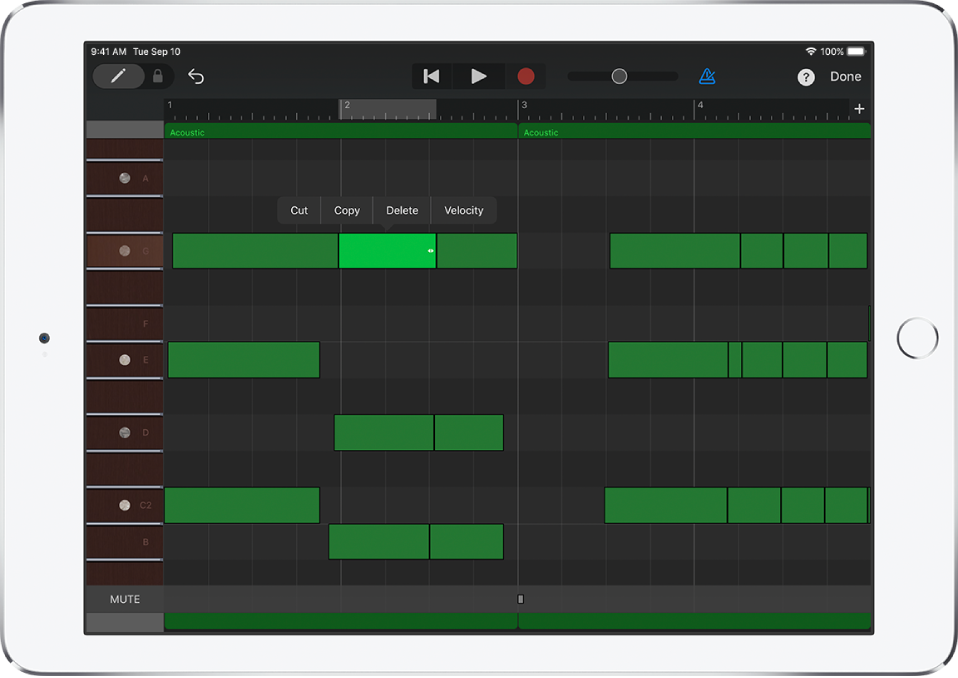Using Izotope Rx In Ableton
Geared toward simplifying and enhancing the mixing process, Neutron combines the latest innovations in analysis and metering with industry-leading audio processing to deliver focus and clarity in your mixes.Neutron’s Track Assistant saves you time by listening to your audio and recommending custom starting points for your track. The analysis intelligence within Neutron allows Track Assistant to automatically detect instruments, recommend the placement of EQ nodes, and set optimal settings for other modules. 
The latest version of iZotope’s premier audio repair application, RX7, introduced a number of new modules offering useful and often cutting-edge processing options—the new Music Rebalance module is a good example of the latter. Music Rebalance is capable of isolating three audio stems in a full mix—drums/percussion, bass, and vocal—leaving everything else in the mix as a fourth stem.
RX 7 Standard introduces new features and workflows that allow you to easily edit, repair, and restore audio to pristine condition both in post and music production. Instantly fix clicks, pops, hum, noise with Repair Assistant, rebalance music or isolate vocals with Music Rebalance, and surgically fix dialogue and musical performances using the.
Audio separation has been around for a while now, but it remains a work in progress. It’s still not possible to completely separate all the tracks or stems in a finished stereo mix file, and tracks and stems that are extracted are often accompanied by noticeable audio artifacts—a telltale “watery” sound consisting of bits of the surrounding audio that couldn’t be fully isolated from the desired signal. The flip side of extracting individual tracks or stems is the ability to remove a particular part from a finished stereo mix, and this is also sometimes possible, but again, often with a certain amount of artifact, in the form of a ghostly trace of the removed part.
iZotope’s Music Rebalance module can do a surprisingly good job of both extracting and removing parts at times, keeping in mind that—with all implementations of this technology—success is heavily dependent on the particular stereo mix audio file.
The Music Rebalance setting used in Audio example 2
Audio example 1 A stereo mix file with a vocal
Using Izotope Rx In Ableton Download
Audition CC 2018, Ableton Live 9–10, Cubase 9.5, Digital Performer 9, Final Cut Pro X., FL Studio 12, Logic Pro X, Nuendo 8, Premiere Pro CC 2018, Pro Tools 10–12, Reaper 5, Reason 10, Studio One 3–4.RX 7 is intended to be used as Final Cut Pro X’s default audio editor. Ableton Live. Add Stutter Edit to either an individual Audio Track or to your Master Output. Create a MIDI track (Create Insert MIDI Track). From the 'MIDI From' drop down menu on your newly created MIDI track, choose the external controller you want to use to control Stutter Edit.
Audio example 2 The same mix with the vocal removed by the Music Rebalance module
But what Music Rebalance consistently does extremely well—with clean, fully natural-sounding results—is allow the user to remix the available stems, which is in fact is its intended purpose.
If you're unable to find your iZotope products within Ableton Live, you can try the steps below to locate them: 1. Rescan your folder. To perform a rescan, open Ableton Preferences and head to Plug-ins (10.1 and later) or File/Folder (All versions until 10.1) and click the rescan button under 'Plug-In Sources'. Learn how to isolate or remove vocals from a song using phase cancellation in both Ableton Live and Logic Pro. Also, how to separate vocals with iZotope RX. Learn how to isolate or remove vocals from a song using phase cancellation in both Ableton Live and Logic Pro. Also, how to.
Here’s an example—a mix where the drums are a bit too loud and the vocal is slightly buried at times, and a little rebalancing is needed—a typical scenario for mastering engineers.If a mastering engineer came across this file and wanted to try to fix these imbalances, he traditionally might turn to tricks like M-S processing, which can provide some degree of isolation between the center and sides of a stereo mix. But in this situation, both the drums and vocal are centered in the mix, so an M-S solution isn’t really in the cards.
But RX7‘s Music Rebalance module is perfectly suited to the task. It’s very simple to operate—the sliders adjust the level of each stem, all the way down to 0 for removal. The Sensitivity controls let you dial up a tradeoff between the isolation of a particular stem and the amount of artifact that may be heard; they really only need to be used for more aggressive level changes—for subtle level adjustments the default setting (5) usually seems to work best.
For this example, modest changes in level are all that’s needed to get the vocal and drums to sit in the mix in better balance.
The Music Rebalance settings used in Audio example 4
Izotope Rx Reviews
Audio example 4 The Music Rebalance module remixing the vocal and drums in the song
